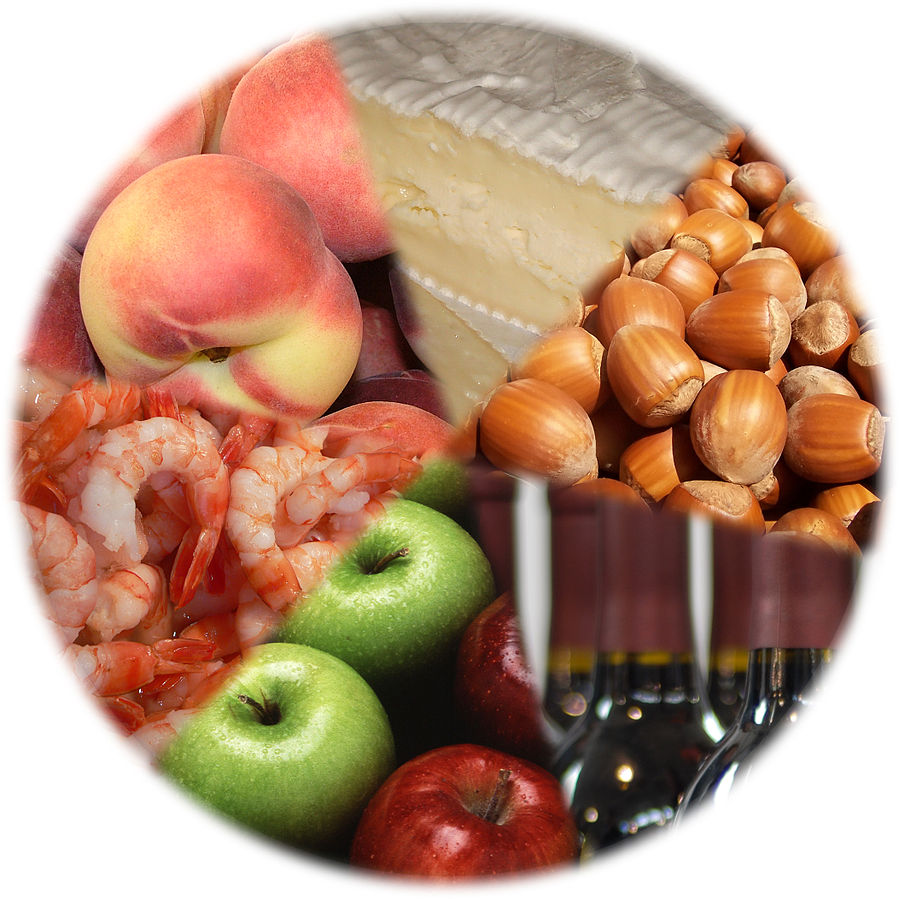Allergies In Children

By neucrad health February 26, 2019
Do your children experience occasional bouts of allergy whenever they come in contact with specific allergens like pollen, dust, mites, or a particular group of foods? Well, allergies in children is a widespread occurrence. According to the Asthma and Allergy Foundation in America approximately 30 per cent adults and about 40 per cent kids in the United States show symptoms of allergies at some stages in their life. It is also the reason for approximately 2 million absence from school in America. Here is a brief write-up explaining the causes and types of allergies in children.
What are Allergies?
Allergy is a condition when the immune system in the body responses abnormally whenever they detect the presence of (probably harmful) foreign substances in the body. These external substances are known as ‘allergens’, and they usually include dust, pollen, food and medicine in children. In most of the cases, these allergens are harmless in other individuals, and they do not initiate any adverse responses in them.
How does the Immune System React during an Allergic Reaction?
Whenever allergens enter the human body, the immune system immediately infers it as an invader and triggers a reaction. The immune system produces antibodies or immunoglobulin E (IgE) which then initiates an antibody-antigen response to fight off the foreign particles. The immunoglobulins also trigger the release of histamine in the human bloodstream which produces the allergic symptoms. Common organs which get affected during an allergic reaction includes eyes, throat, nose, skin, and lungs. The human body produces the same allergic symptoms on repeated exposure to allergens.
Common Allergies Observed in Children
Kids are prone to some specific group of allergens including dust mites, pollen, moulds, pets, and a particular type of foods. Here is a brief description of these allergies.
Dust Mites
Approximately 20 million Americans including children suffer from an allergic reaction caused by dust mites which are microscopic organisms present all around and feeding on dead cells from the human body. Common symptoms include red, itchy and watery eyes; runny and stuffy nose, and excessive sneezing. In the United States, allergies due to dust mites peaks during July and August months when the warm and humid weather conditions allow easy propagations of these organisms. Some of the effective ways of getting rid of dust mites are by covering pillows and cushions with air-tight plastic wrappings, washing upholstery and bedding in hot water above 130∙ Fahrenheit, and vacuuming carpet and mattresses with a HEPA (high-efficiency particulate air) filter to ward away mites. [2]
Pollen Allergy
After the dust allergy, a pollen allergy is also a widespread form of allergy among the children. The U.S. Department of Health and Human Services conducted a National Health Interview Survey in 2014 to find out that 8 per cent of the children suffered from pollen allergy or hay fever during that period. Pollens are the male reproductive organ of plants produced in abundance in flowers and often released to the air for pollination. Common symptoms of pollen allergies include watery eyes, stuffy nose, and sneezing. While some children manifest this condition throughout the year, others may have it in a specific time like those sensitive to birch pollen show these symptoms prevalently in spring when birch trees are in bloom. Other than birch pollen, oak pollen, grass pollen, and ragweed pollen may also trigger the symptoms.
Food Allergy
Children are also prone to food allergy, and approximately 8 per cent of kids show symptoms of allergic reactions to everyday food items including cow milk, eggs, peanuts, fish and shellfish, tree nuts, wheat products, and soy. The most common form of food allergy in kids (2 to 3 per cent) is due to cow milk, or formula milk based on cow milk. However, most of them outgrow this condition when they reach their teenage. Presence of milk protein in food- casein and whey are usually the causal factor for milk allergy. Common symptoms of food allergy include vomiting, stomach cramps, constant cough, swelling on the tongue, shortness of breath, and weak pulse.
The above were some of the common allergies in children. Physicians who have expertise in treating allergies are known as ‘allergist’, and they usually prescribe skin test and blood test for the diagnosis of this condition.
Image: It is an illustration purpose only. its credit goes to
David Castor (dcastor), It is licensed under the Creative Commons Attribution-Share Alike 3.0 Unported









